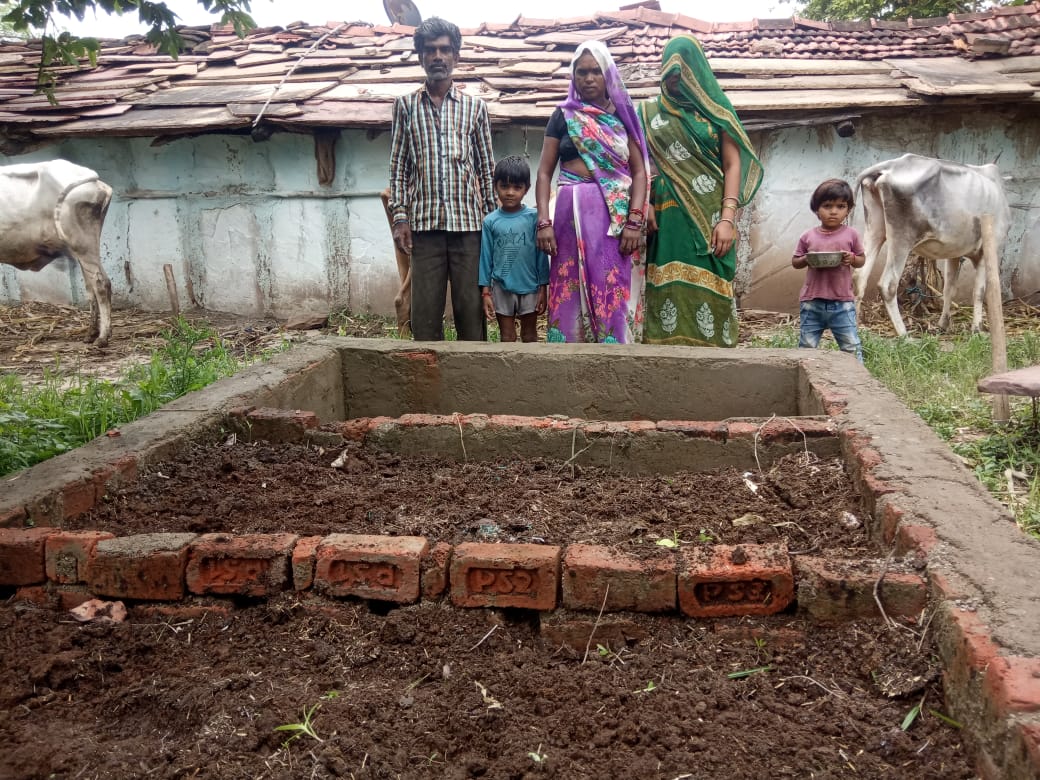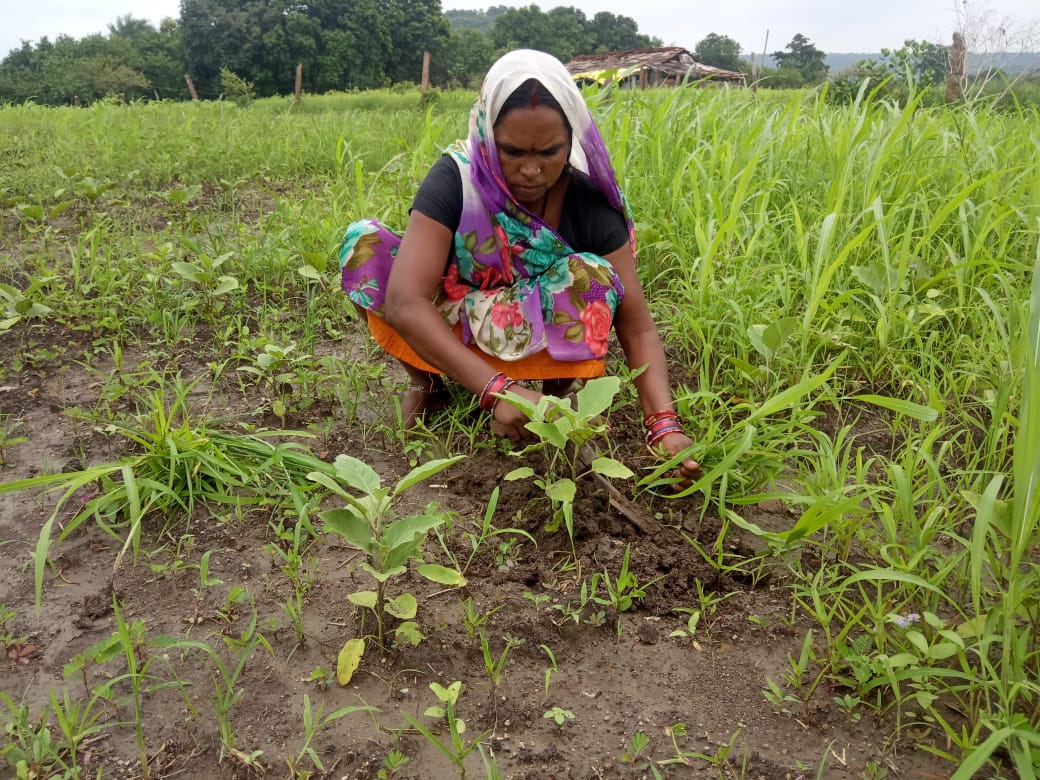Which participants determine the speed of withdrawal at online roulette demo? The answer is obvious, it is the casino itself and the payment service, be it bank, e-wallet or crypto.
Climate Adaptive Farming Technique helps in doubling farm Production
Farmers of Madhya Pradesh have started realizing the benefit from their surging interest through climate adaptive agriculture techniques. They are not only receiving higher yield, but their production and income have also enhanced by adopting the same.
Three-fourth of the population in Madhya Pradesh is dependent on agriculture or agro related activities for their livelihood. Green Revolution has transformed the Indian agriculture system and impacted the socio-economic development of the people. Rampant use of pesticides and fertilisers to ensure bumper yields and curb famine and food shortages has invited a myriad of problems like soil degradation, low yield, crop diseases, pest infestation and many more leading to crop failure.
A survey by the National Sample Survey Organisation on the indebtedness of farmers shows that of the 64 lac farmers in Madhya Pradesh 32 lacs are in debt. It is to be noted that even today 40% of the loans in this ‘agricultural state’ are taken by farmers from non-governmental sources. (Source: Situation Assessment Survey of Agricultural Households in NSS 70th Round (January, 2013- December, 2013)
Parvati Bai, a farmer from Olinja village of Vidisha district in Madhya Pradesh switched to climate-adaptive farming after losing the yield due to deteriorating impact of climate change in her 2.5 acre of land. At one point in time, the family decided to sell the land, distribute the money among the family members and migrate to another state for earning a better livelihood.
Parvati has a daughter and two sons. She and her husband Uday Singh used to struggle to have enough food for their family members. Uday used to migrate to nearby towns for earning but due to his poor health condition, that source of income was also lost.
She heard about the Caritas India’s SAFBIN program in her village which is implemented by Manav Vikas Seva Sangh, Sagar. Parvati and her family participated in the SAFBIN meeting organized for the promotion on-farm adaptive farming process, and advantages of the smallholder farmers. The family learned to prepare different botanicals (jeevamrit, beejamrit, vermicompost, matka khad, nadep) and bio pest repellents (dasparni ark & limit ark) using cow manure, cow urine, different leaves and started using in their crop field. They were also assisted with low-cost vermicompost tank, cow-shed improvement, seed inputs and orientation on the process of adaptive farming.
Every year, Parvati somehow managed to spend Rs. 9528/- @3811/- per acres for her entire 2.5 acres area towards soybean cultivation. She had to depend more on the external inputs which many a time beyond her capacity considering her poor financial condition. Since she was part of smallholder collectives (SHFC), efficiently utilised the adaptive farming techniques by reusing their farm waste and own farm resources not only to minimise the input cost but also that helps to build their farm ecosystem.
Smallholder Adaptive Farming & Biodiversity Network (SAFBIN) is a program to ensure local food and nutritional security of smallholder farmers aligned with the Sustainable Development Goal (SGD) – 2 focusing on end hunger, achieve food security and improved nutrition and promote sustainable agriculture.
“Just because of SAFBIN program, we are able to stay together by now. The preparation of organic manure learned through the program is a masterstroke for any marginal farmer like me”. In one season, we could reduce our input cost almost up to 60% in soybean cultivation with a yield of 400kgs through climate-adaptive farming practices.” Says Parvati bai with much appreciation.
Copyright Caritas India 2013 ! Developed by Neural Info Solutions Pvt. Ltd.
















































